Optimal Times for Foundation Repairs
Foundation repairs are essential for maintaining the stability and safety of a building. The timing of repairs can impact their effectiveness and longevity. Understanding the optimal periods for foundation work helps property owners plan accordingly and avoid unnecessary complications.
Spring offers moderate temperatures and stable ground conditions, making it suitable for foundation repairs. Soil moisture levels are often ideal for excavation and foundation work.
Summer provides longer daylight hours and generally dry weather, which can facilitate consistent work conditions for foundation repairs.
Fall is a good time for repairs before winter, with cooler temperatures and less rain, reducing delays and weather-related issues.
Winter is typically less ideal due to freezing temperatures and frozen ground, which can hinder excavation and curing processes.

Spring ground conditions are optimal for foundation work due to moist soil and moderate temperatures.
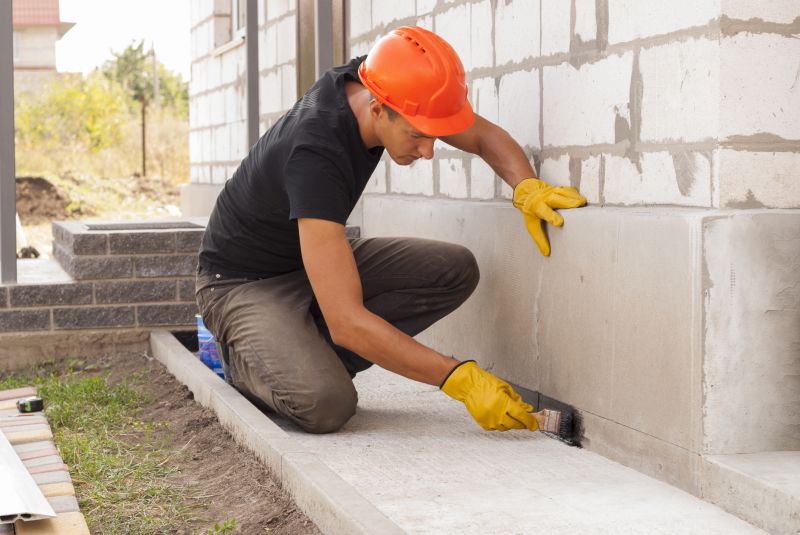
Dry summer weather supports efficient foundation repairs with minimal weather delays.

Fall provides cooler temperatures ideal for foundation repairs before winter sets in.

Ways to make Foundation Repairs work in tight or awkward layouts.
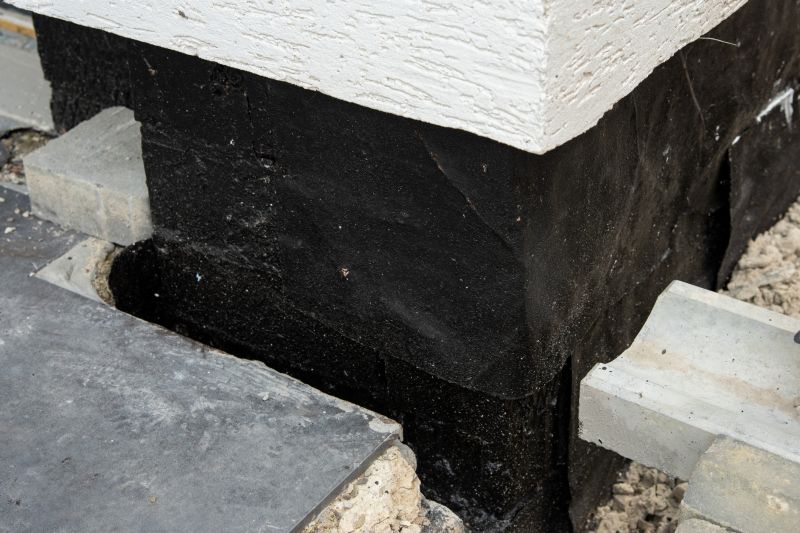
Popular materials for Foundation Repairs and why they hold up over time.

Simple add-ons that improve Foundation Repairs without blowing the budget.
| Season | Advantages |
|---|---|
| Spring | Moderate temperatures, moist soil, ideal for excavation and curing. |
| Summer | Longer days, dry weather, consistent work conditions. |
| Fall | Cooler temperatures, less rain, preparation before winter. |
| Winter | Freezing ground, challenging conditions, not recommended. |
Foundation repairs involve addressing issues such as settling, cracking, and shifting that compromise the structural integrity of a building. Proper timing ensures that repairs are effective and durable. Seasonal factors like soil moisture, temperature, and weather patterns influence the success of foundation work. For instance, soil expands when wet and contracts when dry, which can affect the stability of repairs if done during extreme weather conditions.
Statistics indicate that foundation issues are among the most common structural problems in residential and commercial buildings. Addressing these problems promptly and during appropriate seasons can prevent costly damages and extend the lifespan of the structure. Planning repairs during optimal weather windows minimizes delays and enhances the quality of work performed.
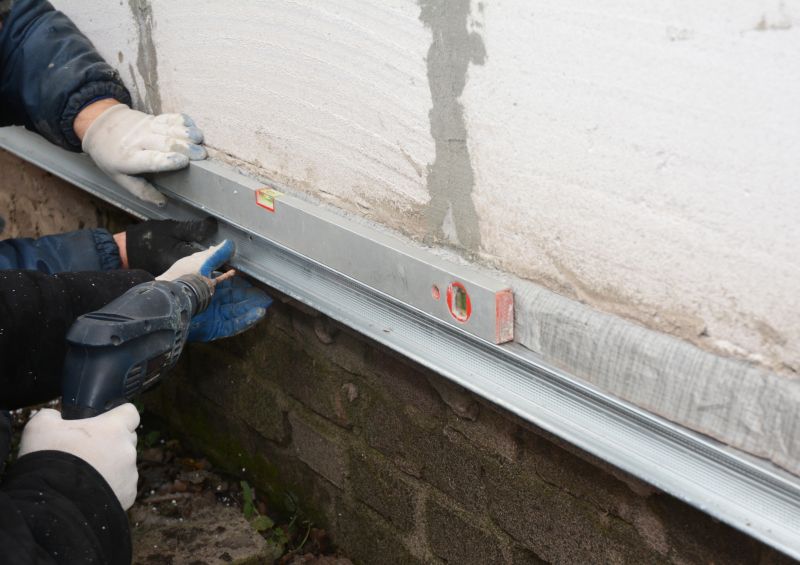
Workers stabilize and reinforce the foundation using specialized techniques suitable for seasonal conditions.
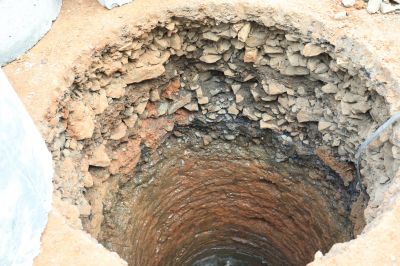
Proper excavation is critical and is best performed during dry, moderate weather periods.
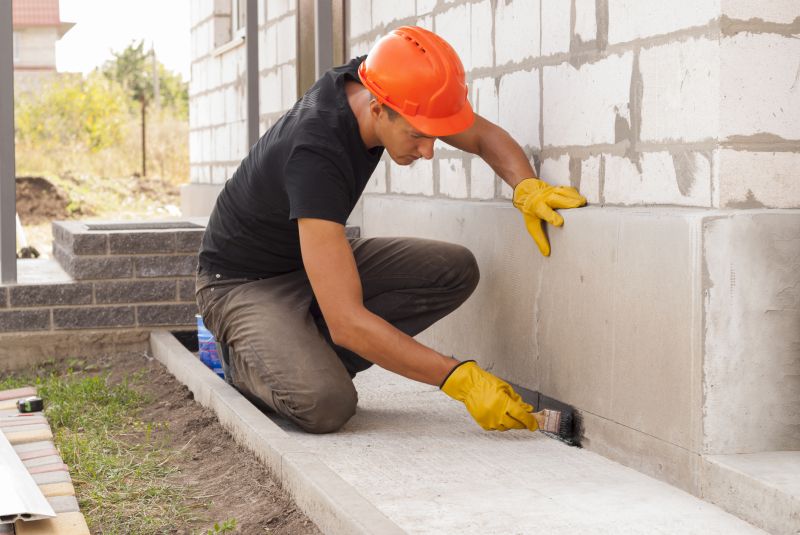
Crack sealing and reinforcement are more effective when soil conditions are stable.

Ensuring repairs are successful involves inspections that are easier during favorable weather.
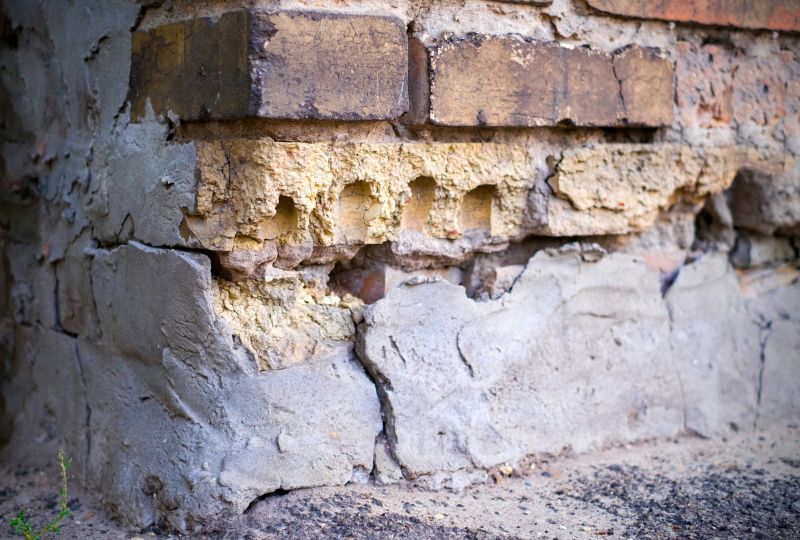
High-end options that actually feel worth it for Foundation Repairs.
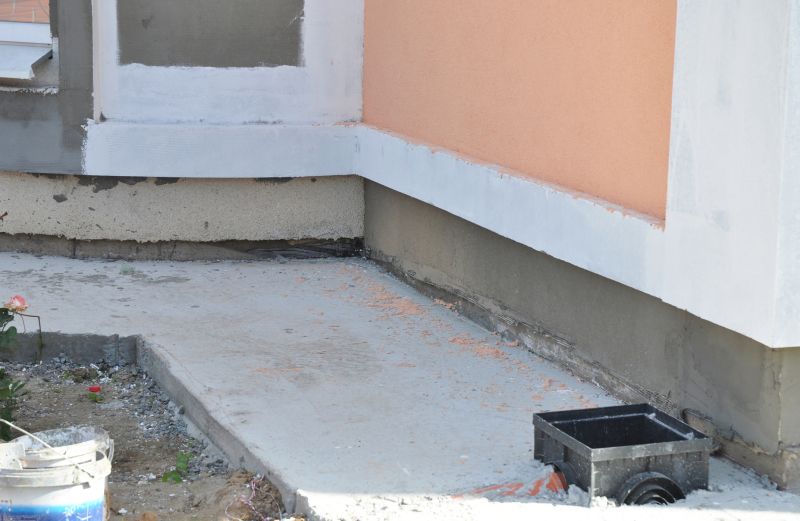
Finishes and colors that play nicely with Foundation Repairs.
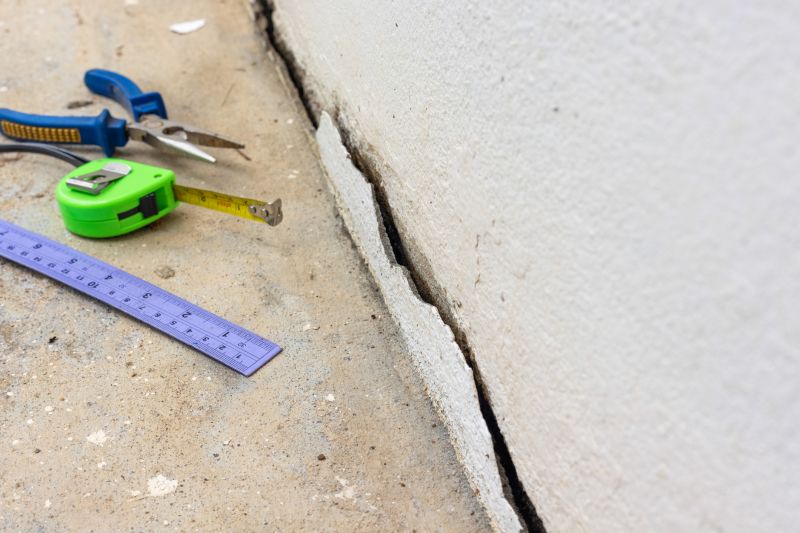
Little measurements that prevent headaches on Foundation Repairs day.

A 60-second routine that keeps Foundation Repairs looking new.
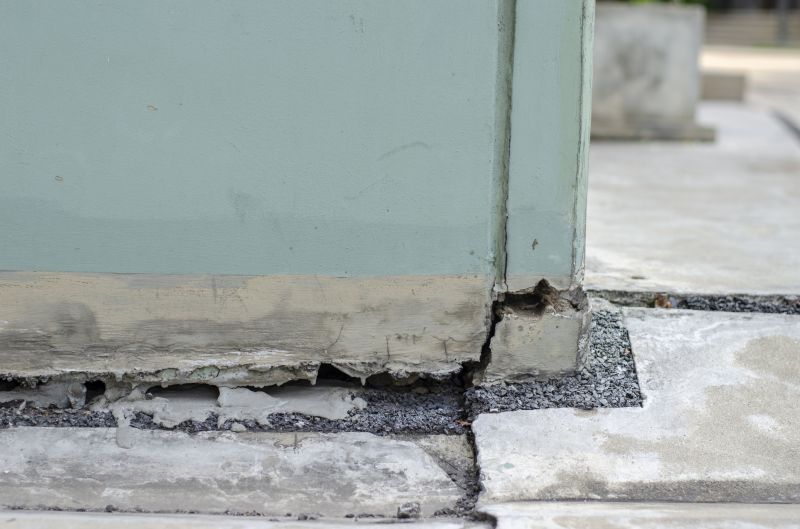
A frequent mistake in Foundation Repairs and how to dodge it.

Small tweaks to make Foundation Repairs safer and easier to use.

Lower-waste or water-saving choices for Foundation Repairs.

The short, realistic tool list for quality Foundation Repairs.
Interested property owners can contact professionals to discuss the best timing for foundation repairs based on specific site conditions. Proper planning and seasonal awareness help ensure repairs are effective and long-lasting.

